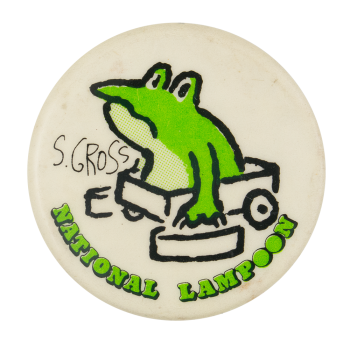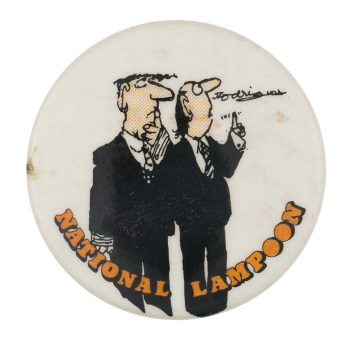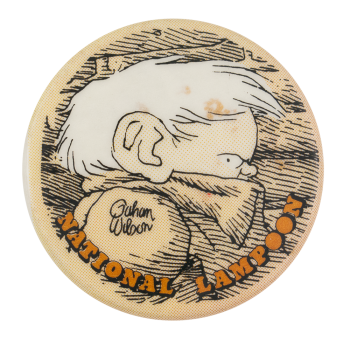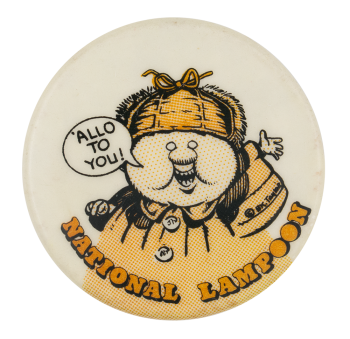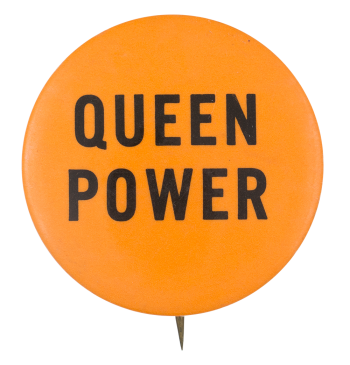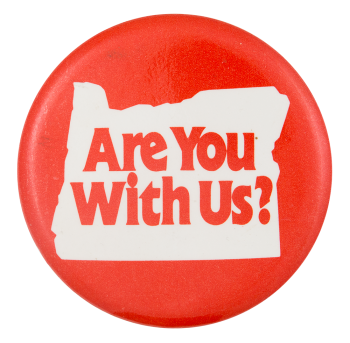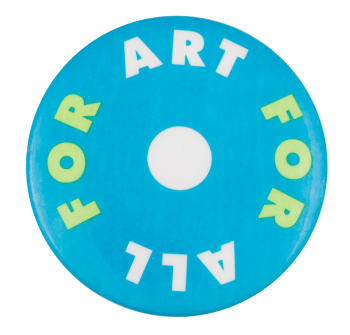S. Harris National Lampoon
| Category | |
|---|---|
| Additional Images | |
| Sub Categories | |
| Text on Button | OF THE PEOPLE.. NATIONAL LAMPOON S. Harris |
| Image Description | Illustration of balding man with mustache wearing a black tie and nondescript brown clothes. Black and red text on a white background. |
| Back Style | |
| The Shape | |
| The Size | |
| Additional Information | Sidney Harris is a cartoonist whose works have appeared in numerous magazines, including The Wall Street Journal, The New Yorker, and also National Lampoon Magazine. Harris's work often deals with topics related to science, technology, and mathematics. The strip depicted on this button comes from a comic strip titled Of the People, which dealt primarily with political humor. S. Harris's continues to work. with his cartoons appearing in magazines, books, and other outlets. |
| Catalog ID | EN0418 |



